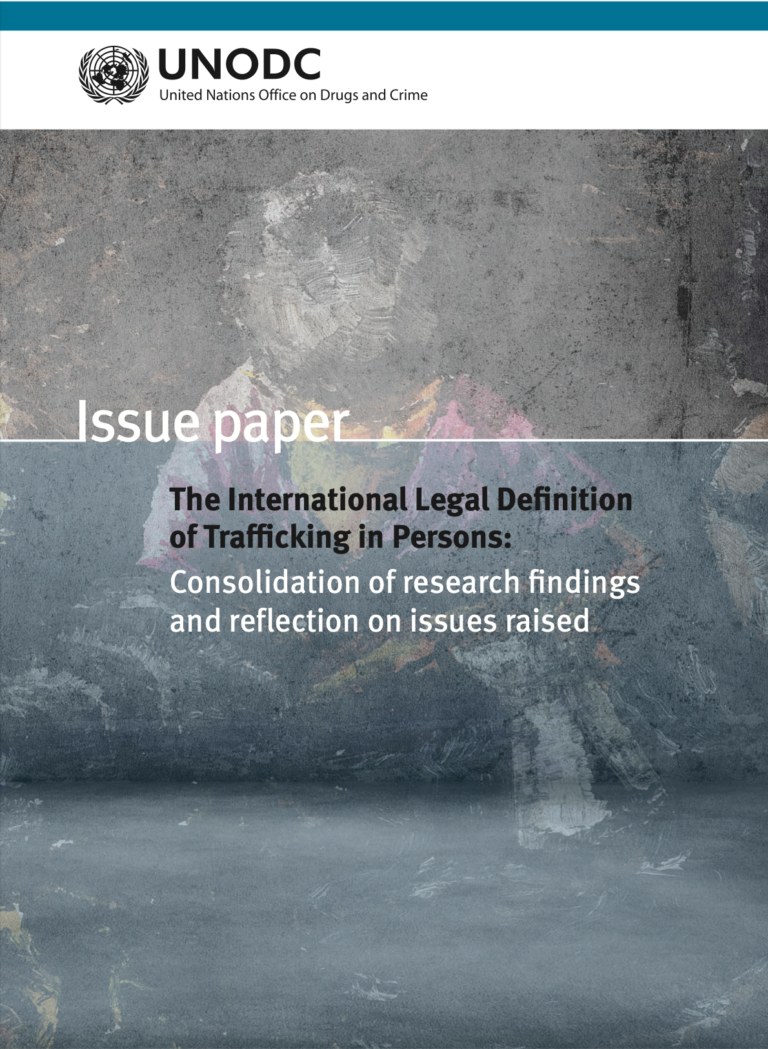Human Trafficking 101
PublicationsThe slideshow below is a basic overview of human trafficking. We welcome the public to use it for educational purposes.
Until December 2000, the term “trafficking in persons” was not defined in international law, despite its incorporation in several international legal instruments.The long-standing failure to develop an agreed-upon definition of trafficking in persons reflected major differences of opin- ion concerning the ultimate end result of trafficking, its constitutive acts and their relative sig- nificance, as well as similarities and differences between trafficking and related issues such as irregular migration and the facilitated cross-border movement of individuals into prostitution or irregular employment.
The United Nations Protocol to Prevent, Suppress and Punish Trafficking in Persons, Especially Women and Children, supplementing the United Nations Convention against Transnational Organized Crime (Trafficking in Persons Protocol) is considered to be “the principal, legally binding global instrument to combat trafficking in persons,” not least because it sets out the very first international legal definition of “trafficking in persons”. Under article 3 of that instru- ment, trafficking in persons comprises three elements: (i) an “action”, being recruitment, trans- portation, transfer, harbouring or receipt of persons; (ii) a “means” by which that action is achieved (threats or use of force or other forms of coercion, abduction, fraud, deception, abuse of power or a position of vulnerability, and the giving or receiving of payments or benefits to achieve consent of a person having control over another person); and (iii) a “purpose” (of the action/means): namely, exploitation, which includes, at a minimum, “the exploitation of the prostitution of others or other forms of sexual exploitation, forced labour or services, slavery or practices similar to slavery, servitude or the removal of organs”.

The slideshow below is a basic overview of human trafficking. We welcome the public to use it for educational purposes.
The Expo 2020 will see an estimated 25 million people visit Dubai as the UAE showcases itself to the world. Yet 12 months ahead of the Expo’s launch, migrant workers on UAE construction sites continue to suffer exploitation and...Read More
By Robin Broad, John Cavanagh, Catherine Coumans, and Rico La Vina The authors of this report—researchers from the United States, Canada, and the Philippines—have studied OceanaGold’s operations in the Philippines and other countries. The have...Read More
A LOT CAN CHANGE IN A DECADE. FOR BETTER, AND FOR WORSE. Ten years ago, in the early hours of April 24, 2013, a garment factory in Dhaka, Bangladesh, crumbled. Within its walls were thousands of workers, many of whom never returned home to their ...Read More